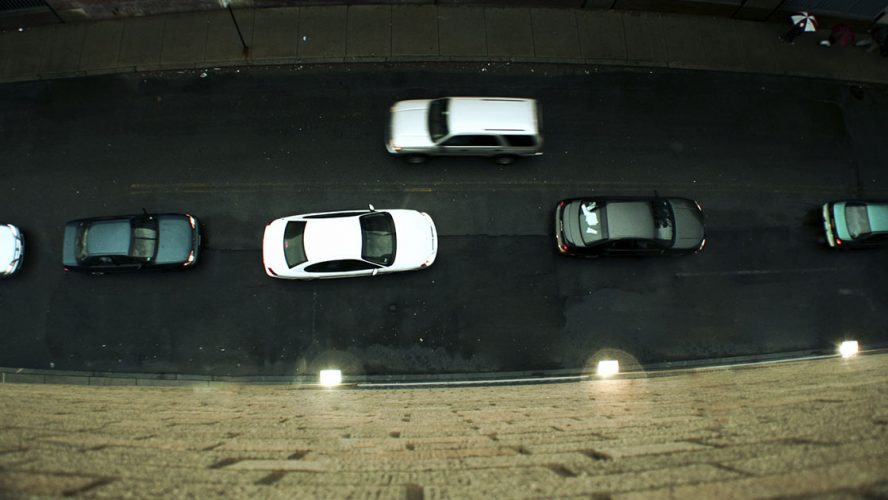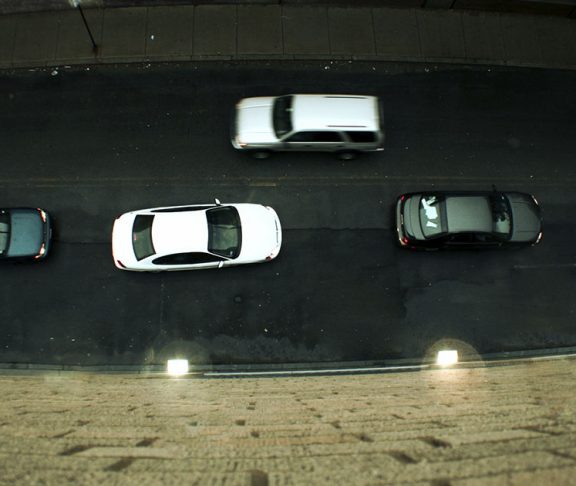Traffic fatalities are on the rise in the United States, and data from the National Safety Council (NSC) suggests 2016 may have been the deadliest year on U.S. roads since 2007. The NSC estimates that as many as 40,000 people died in motor vehicle crashes last year.
While surveys show the majority of Americans are concerned about safety on the road, many also admit to being distracted behind the wheel. Distracted driving is one of the leading causes of fatal car accidents, and cell phone use on the road is an epidemic. Life360, a family location app with an in-app driving safety service, recently analyzed driving behavior across millions of its users around the United States and found that a cell phone was used an average of 1.78 times per drive.
Helping, not hurting
Technology is driving the problem of distraction behind the wheel. Research from Virginia Tech Transportation Institute shows that text messaging takes the driver’s eyes off the road for an average of 4.6 seconds. Traveling at 55 miles per hour, this equates to the driver traveling the length of a football field without looking at the roadway. Even hands-free cell phone use is distracting to drivers. A study by the AAA Foundation for Traffic Safety found that drivers are mentally distracted for up to 27 seconds after using hands-free, voice-activated technology to do things like make calls or answer texts.
However, many experts believe technology will be part of the solution. A growing number of technology companies are tackling the problem of distracted driving using various approaches. Life360’s new Driver Protect in-app service focuses on awareness by presenting families with data about their driving behavior. The app uses proprietary technology and sensors on the smartphone to monitor driving safety and deliver a report after each completed drive that shares the top speed reached and any incidences of cell phone use, hard braking or rapid acceleration. A weekly driving safety report card within the app notes all incidences that occurred during the week so families can have focused conversations about how to improve their driving habits.
Track your behavior
A recent analysis by the company shows that within two weeks of using Life360 Driver Protect, 58 percent of users had reduced their cell phone use while on the road. “Many people don’t realize they use their phone as much as they do while driving,” said Alex Haro, co-founder and President of Life360. “By showing individuals how often they are distracted and encouraging families to use this data to have regular conversations, the goal is to instill new habits that result in incident-free driving reports every week.”
Many mobile phone carriers now offer the ability to put your phone in drive mode, disabling incoming calls and text alerts, and other apps offer rewards for not using your phone while on the road. Automakers are also exploring technologies ranging from self-driving cars to compartments in the car that hold your phone and disable it during the drive.
“In the near future, we believe it will be commonplace for drivers to share their driving behavior with their auto insurance companies,” said Haro. “Apps will be able to seamlessly make this connection, and safe drivers will be rewarded with reduced rates while drivers who regularly engage in unsafe driving behavior will see their rates go up.”

